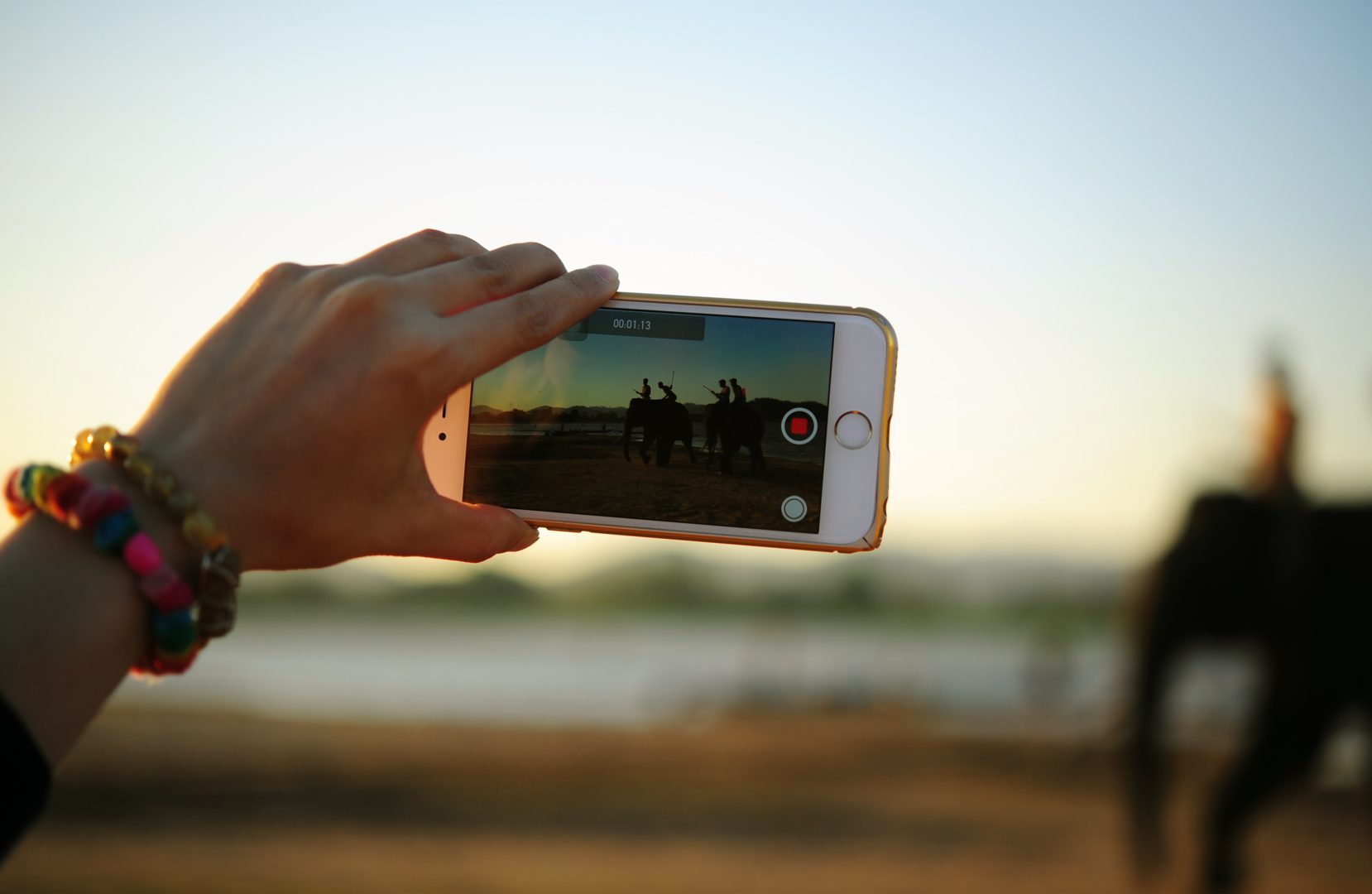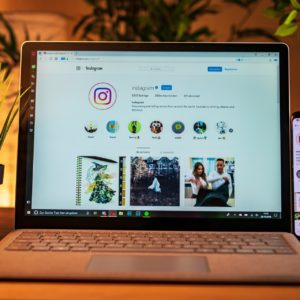Digital Video is Exploding: This is Why

Everyone in marketing is excited about video these days, and especially after the recent release of venture capitalist Mary Meeker’s Internet Trends Report for 2019. Known as the “Queen of the Internet” after her bullish stock calls during the dot-com bubble, Meeker continues to predict need-to-know tech trends year after year. We are what you might call, Mary Meeker super fans!
With more than half of the world now online and a postmillennial and smartphone savvy Generation Z coming of age, consumers are trending towards video across all platforms. And while many items in the report stood out, here are our five takeaways:
Americans are “Almost Constantly Online”
One of the most jaw-dropping data points from this year’s report: more than a quarter of U.S. adults describe themselves as “almost constantly online,” spending more time on digital media than ever before (6.3 hours a day in 2018, up 7 percent from 2017). Most of that time is spent on smartphones and other connected devices, while time on computers has declined.
And for the first time, consumers are using their smartphones more than watching TV. People spent 226 minutes on their smartphone daily vs. 216 minutes viewing TV programs.
Digital Video is Exploding
Digital video viewing has more than doubled in the past five years compared to watching television, rising to 28% of average daily watching time. Short form video on Facebook and Facebook Messenger Stories has grown 2x in the past year, with almost 1.6 billion active users a day.
Instagram recently reported that over 400 million Instagram users go to Stories daily. Travel fans are one of their most engaged audiences, and they are two times as likely to watch a video as other audiences. And three-quarters of travel fans are likely to take action on videos they see – such as swiping up or sharing with a friend.
Generation Z Loves Video
Generation Z – the postmillennial group born in the mid-1990s to the early 2000s and have grown up using the internet from a young age – are savvy with streaming video from their smartphones.
Short form video app TikTok has become one of the most downloaded apps worldwide and allows its young users to watch and share videos, adding special effects like music, stickers, and animation.
YouTube is still one of the most powerful video platforms – 27% of people access it at least once a day. Meeker reports that 59% of Gen Z users cite YouTube as their preferred learning channel. “How To” videos are especially popular, with 4.5 billion hours watched every year.
China Leads the Way
China’s video explosion may be leading the world into a new era, where short-form video apps drive internet usage in the world’s biggest online population. (Large internet brands like Gmail, Facebook, and YouTube are banned in China, but others are not.)
Over 817 million people in China use the internet on their smartphones and the time spent watching short-form videos has jumped from 300 million hours in 2018 to 600 million in 2019 as of April. This rise of mobile short-form video means their internet will take more market share in the 2020s.
Short-Form Video Apps are the Future
Short form video apps are ever gaining in popularity with Generation Z worldwide. Young consumers use them to watch videos but also as a form of expression as well, posting their own videos to share with friends and self promote. Celebrities use apps to interact with their fans.
The two leading video apps are TikTok (known as Douyin in China and owned by ByteDance), and Kuaishou, each with more than 200 million daily active users as of April 2019. Like YouTube is the go-to for long-form video, apps like TikTok are known for short micro videos and entertaining memes.
What do digital video trends mean for marketers?
“More work.” says Seth Kravitz, CEO of PHLEARN on CMSWire. “Companies need to evolve beyond just saying we need to do more ‘video marketing’ and realize that it’s becoming the single most important category for reaching audiences online going forward.”
“As a marketer that’s already used to integrating video into every new campaign we launch, I was surprised in Mary Meeker’s presentation to see the absolute explosion of video consumption across all age groups and platforms. It’s not just millennials and Gen Z, it’s not just on YouTube, but short video consumption, in particular, appears to be growing rapidly across all social media platforms and generations.”
He believes that brands need to be making multiple versions of each video ad they produce in different lengths and adapting it to each platform. “It’s going to take real investment,” Kravitz said, “and making it a priority, not just a small piece of the marketing mix.”


